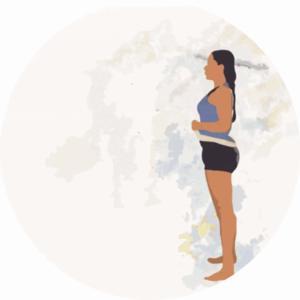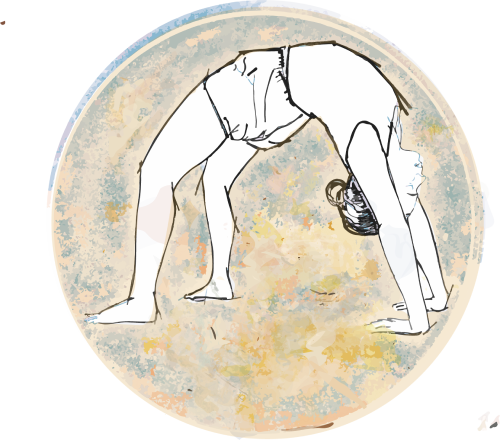FAQs about Program Fees
Terms of Fees Payment
Modes of Payment
Refunds
Discounts
What are the terms of fee payment?
We operate on a ‘Subscription Model,‘ which means that when you enroll with us, we reserve your spot, regardless of whether or not you attend the class. Many of the following payment terms are based on this principle:
- The current fees for our standard programs, drop-in rates, and discounts available are always published on our website here.
- Fees can be paid in cash, through bank transfer, or via UPI.
- Fees must be paid in advance at the beginning of each month, in units of calendar months (from the 1st of the month to the last date of the month), regardless of the transaction date.
- Fees are not pro-rated for half-month or quarter-month periods.
- If you are unable to attend classes during a particular month, you are not required to pay the fees for that month. However, you can still attend some classes at the ‘drop-in’ rates.
- The discounted drop-in rates apply only to participants who are usually enrolled for the monthly classes, and have taken a one-month break. If you are on an extended break and occasionally dropping in for classes, the full drop-in rates will be applicable.
- Fees paid for a specific period cannot be adjusted or transferred to another period.
- Fees are non-refundable and non-transferable to another participant.
- If you require a formal acknowledgement for the fees you have paid, choose the option to make the payment through the website payment gateway. You will receive an automated acknowledgment immediately.
- The website payment gateway is set up for auto-renewal. If you do not want the amount to be automatically debited, either use a payment instrument that does not allow auto-debits or go to your dashboard and ‘CANCEL’ your subscription after making the payment. Please note that online transactions cannot be reversed once completed.
- For new admissions, payments must be made for the entire duration of the Introductory module. After that, payments are made on a monthly or quarterly basis.


